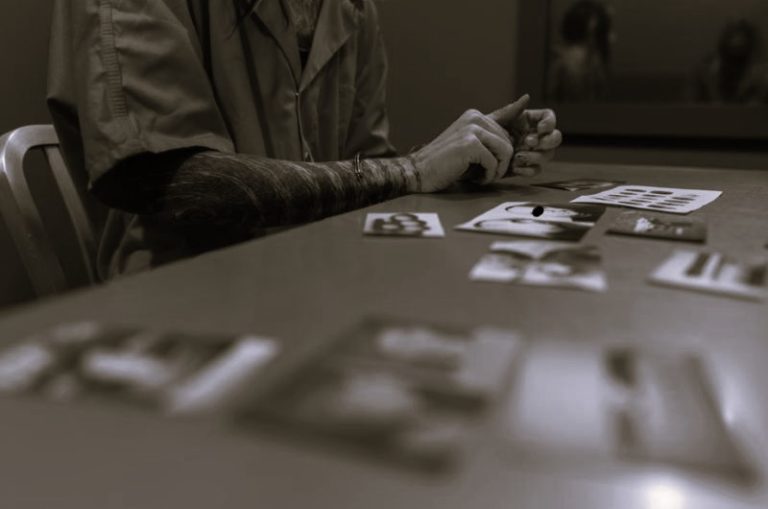

Get a conviction at all costs and throw away the key. Actual innocence or guilt is irrelevant.

By Daniel S. Medwed, J.D.
University Distinguished Professor of Law and Criminal Justice
School of Law
Northeastern University
Maryland judge recently overturned the conviction of Adnan Syed, a middle-aged man imprisoned for murdering his high school sweetheart. The case received national attention, largely because it was the subject of the wildly popular podcast Serial. Lost amid the hubbub, all those cries of “justice at last,” is a more sobering reality. It took 23 years to reach this moment; it demanded the efforts of countless elite lawyers and high-profile journalists; and Syed was not actually exonerated.
In legal parlance, Syed’s conviction was “vacated,” not erased. Baltimore prosecutors later decided not to retry him—a reasonable move given the emergence of evidence from the prosecutors’ own files that point to not one, but two, alternative perpetrators. But that still doesn’t mean Syed will be declared “innocent” by a court. Without that official stamp of approval, Syed might struggle down the line to recover compensation for his horrendous experience, convince skeptics of his innocence, and secure stable employment.
All of this aside, Syed is in select company. For every innocent prisoner who manages to navigate the procedural labyrinth of our system and attain liberty, countless others remain locked up.
Many Americans believe it’s easy to get out of prison on “technicalities.” They believe the appellate and post-conviction process contains lots of escape hatches from the cellblock. That’s flat-out wrong. It’s virtually impossible to win on a technicality. On the contrary, technicalities are often what keep the actually innocent behind bars. The system exalts finality over accuracy, the appearance of justice over genuine justice.






